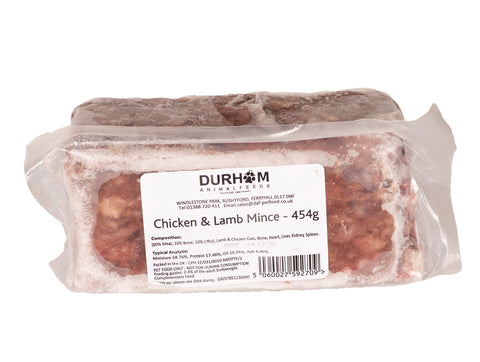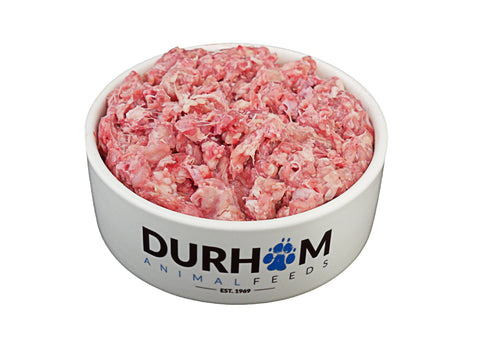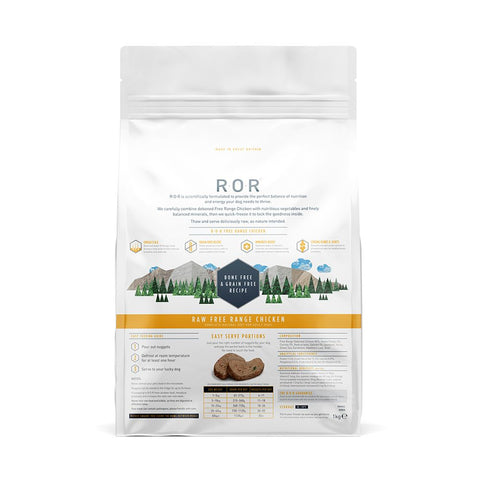Hillstream Loach, White Cloud Mountain, Minnows & Weather Loaches

Introduction
These are three fish, (hillstream loach/Borneo sucker, White Cloud Mountain Minnow and Weather Loach), which can be added to aquariums containing goldfish. In the wild they are found in Asia. The hillstream loach fish are found in mountain streams with fast flowing water. They should never be put in garden ponds.
Water Requirements
As with all fish these three species all require good water quality, and wherever possible the water parameters should be
within levels set out below:
Temperature: between 17-23C
pH: 6.0-8.0
Ammonia: 0mg/l (0.02mg/l may be tolerated for short periods)
Nitrite: 0mg/l (0.2mg/l may be tolerated for short periods)
Hardness: moderately soft – hard (5-19dH)
Biology
The Hillstream loach and White Cloud Mountain Minnows are found in oxygen rich mountain streams throughout Asia. The Hillstream loach can be found attached to rocks using their adapted fins and also have a streamlined body to enable them to move in turbulent waters.
These fish vary in size. In the home aquarium the hillstream loach will reach 4 to 8cm, the White Cloud Mountain Minnow 3 to 5cm and the much larger Weather loaches up to 25cm.
The Weather loaches are so named because of their apparent ability to detect changes in atmospheric pressure (such as storms), and may respond by swimming frantically.
In a well-maintained aquarium in which the water quality is good, these fish will survive for several years. There are reports of Weather loaches living up to 10 years.
White Cloud Mountain Minnows can be sexed by their colouration and body shape, males are much thinner and more brightly coloured than the females. Male Weather loaches have much thicker pectoral fins than the females and they are triangular in shape. Hillstream loaches are much more difficult to sex, it may be that males are more colourful during mating, however, there have been few cases of breeding in home aquariums.
Aquarium Requirements
The two smaller species available (Hillstream loach and White Cloud Mountain Minnows) require an aquarium of at least 30 litres, the larger species (Weather loach) will require a much larger tank of minimum volume 100 litres.
The tank should provide shelter in the form of live plants and bogwood. These provide surfaces for the microorganisms upon which the Hillstream loach feed to grow. Therefore, although additional lighting is not essential for the fish, it is beneficial for plant growth.
These fish may be kept in unheated aquaria in centrally heated homes. However, it is best to provide a heater to help avoid temperature fluctuations caused by, for instance, draughts. Their aquaria should be shielded from direct sunlight which might cause unwelcome rises in water temperature.
The aquarium must be filtered and aerated. A powerhead will increase water flow and gaseous exchange in the aquarium. Do not be surprised to find Hillstream loaches congregating on an air source or in front of a powerhead outlet.
Maintenance
At least once every two weeks a partial water change of 25 to 30% is strongly recommended (a siphon device is useful to remove waste from the gravel). The water should be tested regularly to ensure pollutants such as ammonia and nitrites do not build up. Ensure you treat all replacement water with tap water conditioner or allow
the replacement water to stand or aerate it to remove any chlorine present before adding it to the aquarium.
Filters should be checked for clogging and blockages. If the filter needs cleaning then do not run it under the tap as any chlorine present may kill the beneficial bacterial population that has established in the media. Instead, it can be rinsed in the tank water which is removed during a partial water change as this reduces the amount of bacteria which are lost.
Good husbandry is essential as these fish can be stressed by even the smallest amounts of ammonia and nitrite. Test the water to monitor the ammonia, nitrite and nitrate levels every week, especially during initial set-up and after adding extra fish.
Feeding
These fish are omnivores and feed upon microorganisms, algae, insect larvae and detritus.
A Hillstream loach is a good addition to many aquariums as they will feed upon the bio-films which develop on the tank surfaces. If the other fish in the aquarium are messy feeders, they will provide these fish with a good food source although this should be supplemented with sinking algal pellets.
White Cloud Mountain Minnows and Weather loaches will also feed upon waste food in a coldwater aquarium, however, their diet should also be supplemented with flakes, frozen and live foods.
Potential Problems
Water quality problems will affect fish behaviour and can be shown by clamped fins, reduced feeding, erratic swimming (which may be normal for a Weather loach) and gasping at the surface. Immediately test the water if any of these symptoms are shown. If in doubt ask your OATA retailer for advice.
Compatability
The Hillstream loach and White Cloud Mountain Minnow can be added to most cooler indoor aquaria. If goldfish are added, they need to be monitored for signs of aggression towards them especially if they are smaller and they may need to be removed.
Both of these species like to be kept in groups of four or five;
White Cloud Mountain Minnows are schooling fish and Hillstream loach are often found sitting in small groups upon a log or decoration in the aquarium. The Weather loach can be added with most cold water fish. They are non-aggressive by nature and should not attack or pester any other fish in their aquarium.
Breeding
Of these three groups of fish, it is most likely you will have success breeding the White Cloud Mountain Minnow. These fish will readily spawn when the female is full of eggs. Once the male and female have spawned in a tank they should be removed to a separate tank and the fry will hatch within 2 to 3 days. Once they are free swimming, they can be fed live baby brine shrimp and fry food.
Check List
Before purchase make sure that:
You have the appropriate equipment and position for the aquarium.
You have researched all the species you are interested in and your final choices are all compatible.
You are familiar with how to transport and release your fish.
You are aware of the daily, weekly and monthly maintenance your aquarium will require.
You are prepared to look after your fish properly for the duration of their life.
Equipment
Suitable aquarium
Gravel cleaner
Water testing kit
Tap water conditioner
Powerhead or air pump
Gravel
Filter
Food
Before purchase make sure:
The aquarium is of a suitable size
Water parameters are as advised in this leaflet.
Important things to remember
Always buy…
test kits and regularly check the water for ammonia, nitrite, nitrate, and pH. This will allow you to make sure the water in your aquarium is not causing welfare problems for your fish.
Establish a routine…
for testing the water in your aquarium. Record your results to enable you to highlight fluctuations quickly.
Also, check the temperature of the water.
Maintain…
the water in the aquarium within the accepted parameters highlighted in this leaflet. You may need to do regular water changes to achieve this.
Always wash your hands…
making sure to rinse off all soap residues, before putting them into your aquarium. Wash your hands again afterwards and certainly before eating, drinking or smoking.
Never siphon by mouth…
A fish tank can harbour bacteria which can be harmful if swallowed. Buy a specially designed aquarium gravel cleaner which can be started without the need to place the siphon in your mouth.
Credit to OATA











